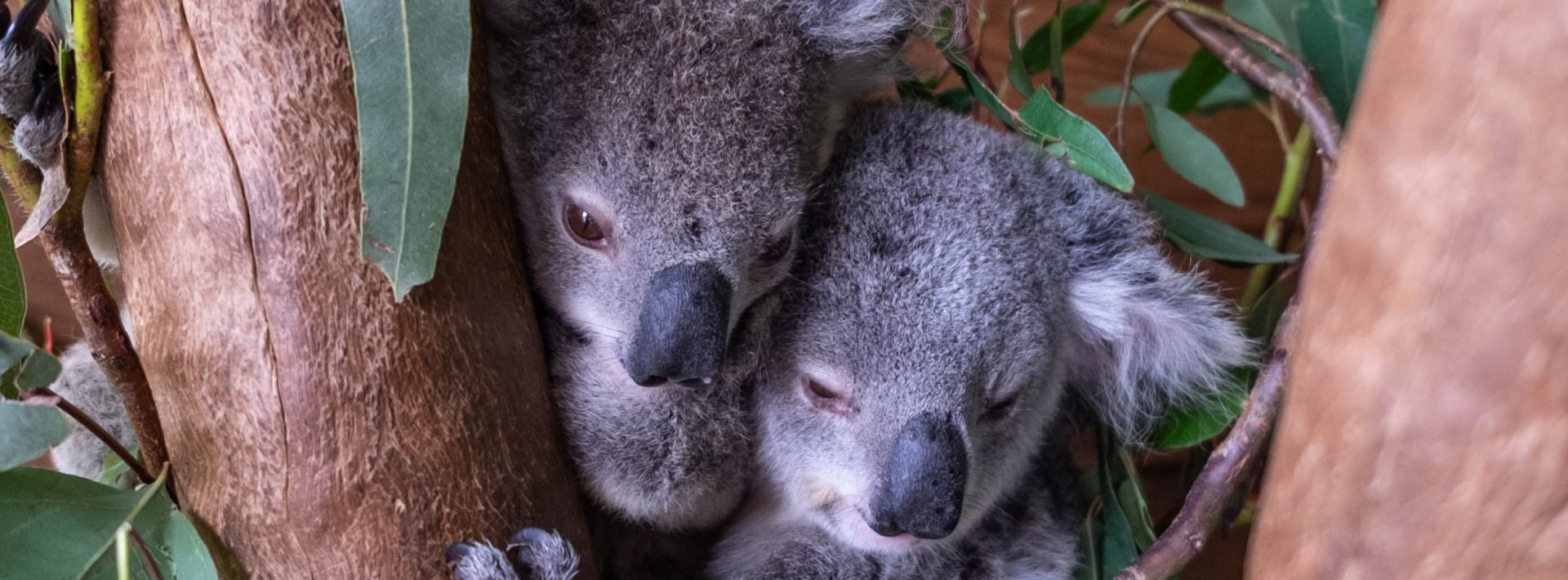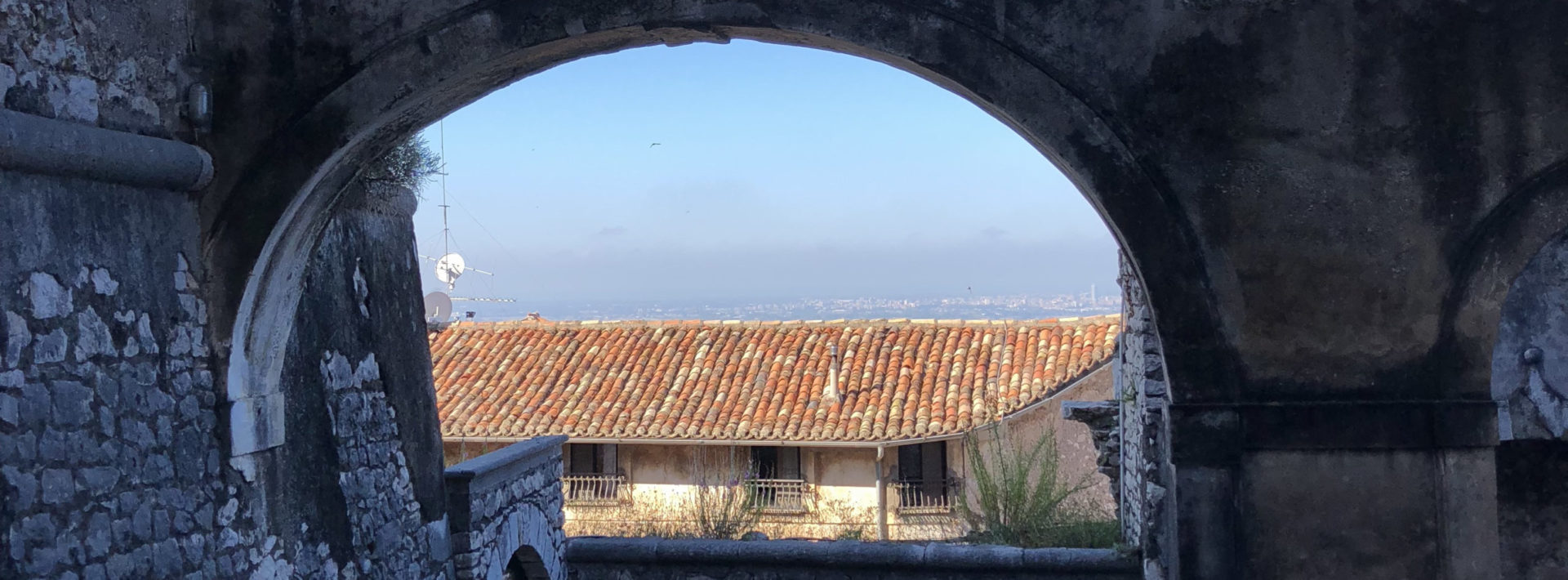MIT Great Barrier Reef Initiative – Koala Sanctuary

[fusion_text]By Sierra Rosenzweig ’20
The MIT Great Barrier Initiative team began working on projects at the Australian Institute of Marine Science (AIMS) on Tuesday. By the end of the week, research had been initiated on the larvae Crown-of-Thorns starfish, a dangerous species known to overpopulate and destroy regions of the Great Barrier Reef. Engineering of biodegradable surface drifters, used to investigate ocean currents, and remote sea cameras had begun to take shape as well. But the weekend produced time for another project, calling to the wild side of the Environmental Engineers. We got word of a koala sanctuary on Magnetic Island, home to baby and adult koalas that had been injured and rescued by the locals. The sanctuary was in need of help releasing the rescued koalas back into safe habitats, so the team wasted no time and hopped on the first ferry from Townsville to Magnetic Island after work on Friday.

Two baby koalas clutch to a eucalyptus tree in the koala sanctuary
We arrived on the island and headed to one of the koala villages to meet the rescues that they were housing. After hesitating to interact with wild koalas for worry of causing further human-induced stress to an already tense animal, we learned that the rescued koalas enjoyed being held and scratched on the back, and that it could be calming to a worried animal if done gently and correctly. We were allowed to hold the koalas that were too injured to be released back into the wild, and were not at risk when becoming too attached to humans.

Zoe Lallas of CEE cuddles an adult koala in the koala village
We then visited a koala sanctuary with babies and injured mothers who were being nursed back to health and prepared for release back into the wild. These koalas had to be handled with extreme care as they cannot get too used to human lifestyle before being set loose back into nature. We traveled with the individuals who operated the sanctuary to a spot where the koalas could be safely reintroduced to their natural habitats, and we watched as they were set free, with local children gathering around us in awe. The koalas scurried up the trees, rejuvenated and ready to be home again, as we observed from below, happy that they had been saved and could live a healthy life in the wild.
[/fusion_text][fullwidth background_color=”” background_image=”” background_parallax=”none” enable_mobile=”no” parallax_speed=”0.3″ background_repeat=”no-repeat” background_position=”center center” video_url=”” video_aspect_ratio=”16:9″ video_webm=”” video_mp4=”” video_ogv=”” video_preview_image=”” overlay_color=”” overlay_opacity=”0.5″ video_mute=”yes” video_loop=”yes” fade=”no” border_size=”0px” border_color=”” border_style=”solid” padding_top=”20″ padding_bottom=”20″ padding_left=”” padding_right=”” hundred_percent=”no” equal_height_columns=”no” hide_on_mobile=”no” menu_anchor=”” class=”” id=””][youtube id=”https://youtu.be/g3Jbs65QH2o” width=”600″ height=”350″ autoplay=”no” api_params=”” class=””][/youtube][fusion_text]
A koala caregiver releases a mother koala with the help of local children
[/fusion_text][/fullwidth][fusion_text]
Sierra Rosenzweig ’20 is spending the summer in Australia and New Zealand and participating in a new research and engineering project in collaboration with the Australian Institute of Marine Science and James Cook University on the Great Barrier Reef. [/fusion_text]



